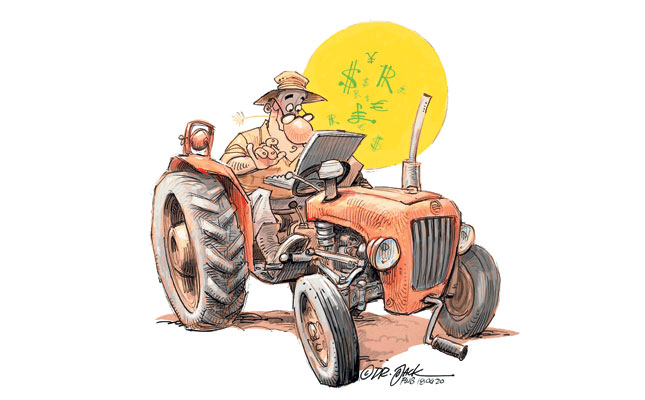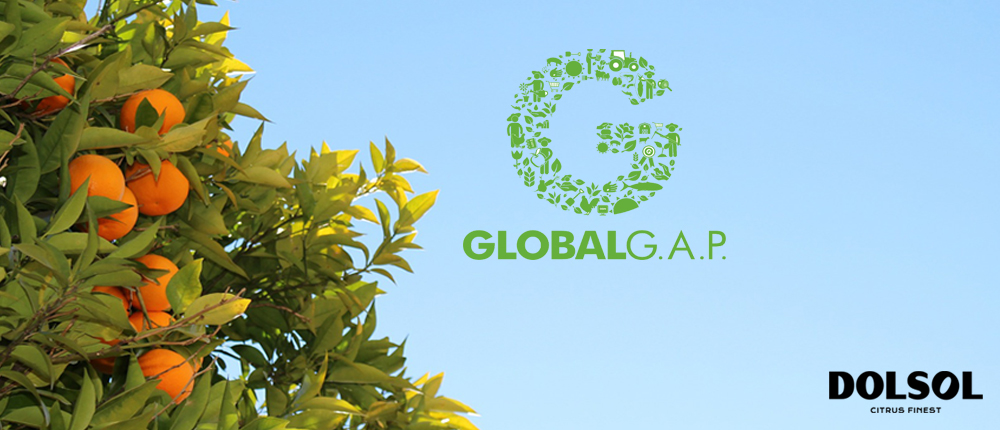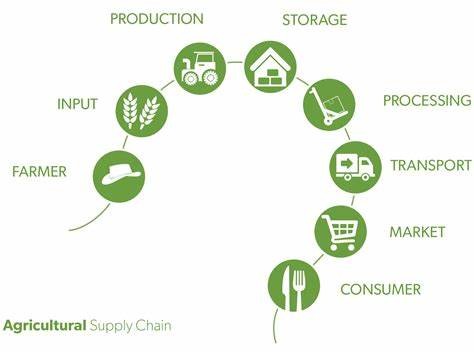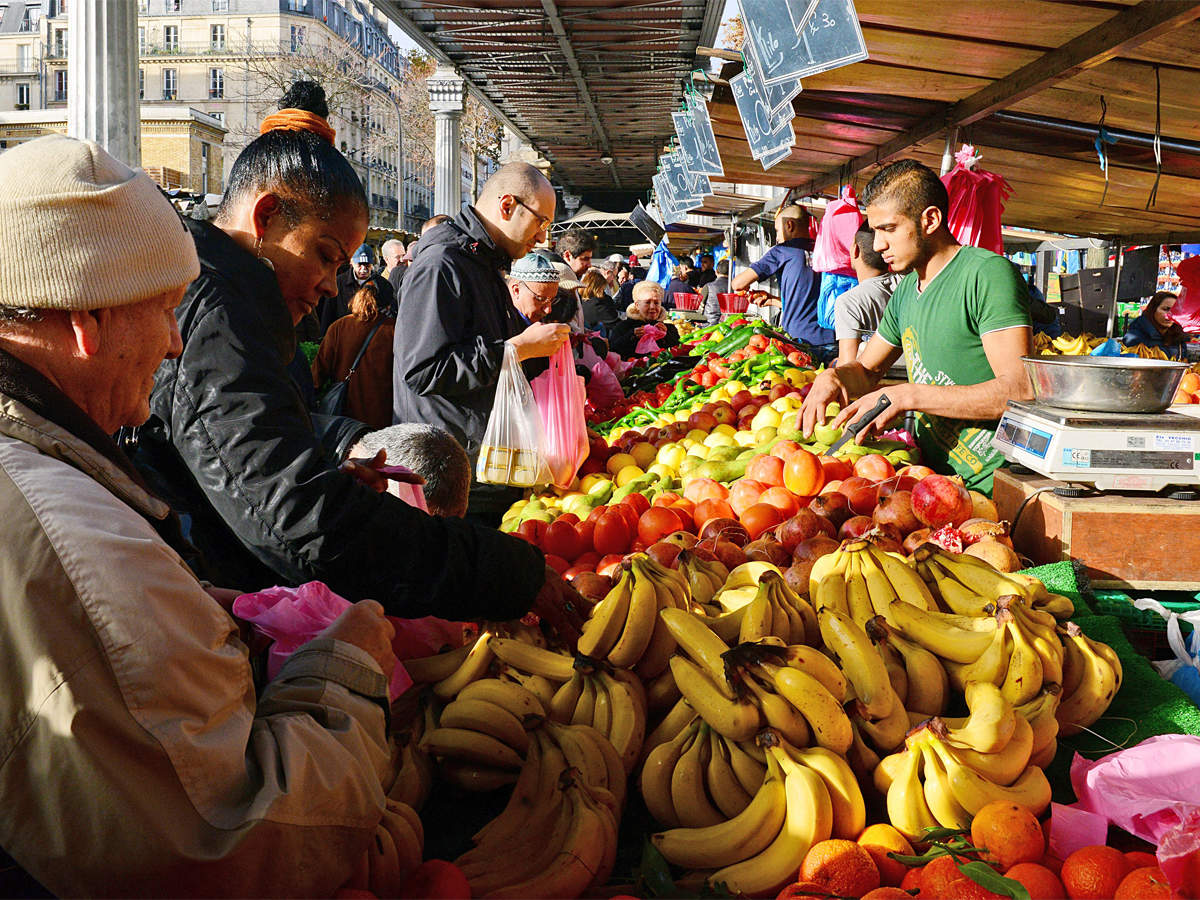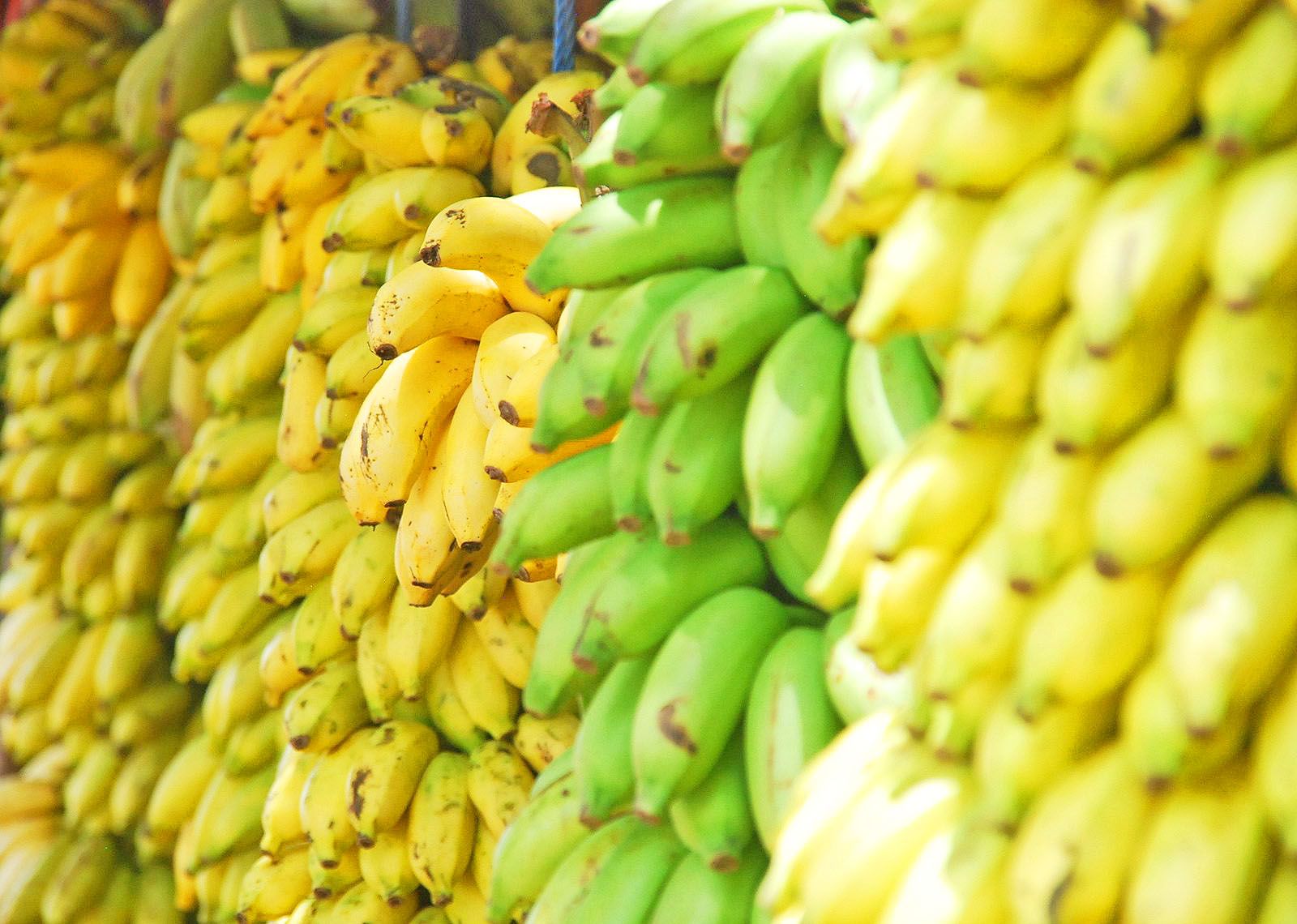It’s hard to believe how far agricultural production has come in the past 40 years. Various sectors, such as farm power and equipment, plant and animal breeding, fertilisers, animal feeding and disease control, have successfully adapted to a world where population growth and consumerism are rapidly increasing.
However, there is one crucial part that hasn’t been able to keep up: trade.
Farmers and ranchers of the mid-1980s received only 31c for every dollar their produce earned.
The rest was spent on sowing, distribution and all stages in between. Farm productivity has soared in recent decades thanks to intelligent machinery, automated packing houses, farm drones, efficient water systems, and robotic scarecrows, amongst others.
This should mean that modern farmers are earning larger profits, as more supply equals more money.
Unfortunately, technological innovations have not been favourable for those on the production side of the agricultural equation. Farm profitably has actually decreased to 16c for every dollar earned.
Old-fashioned trade
It’s easy to point fingers at big corporations or blame unpredictable weather patterns, but the bottom line is that the actual trade of produce has not evolved to suit modern business practices.
Instead, it has remained an industry with an annual value of US$3,1 trillion [about R37 trillion], which relies mostly on non-digital interactions such as paper records, handshakes and verbal agreements.
These archaic practices have generated numerous problems including fraud, murky pricing and a dependence on costly intermediaries.
Throughout the trade process, suppliers and buyers exchange endless paper documentation: purchase orders, invoices, and other trade-related data.
They are then tasked with reorganising, presenting and delivering this paper trail to each other and to third parties, such as financial institutions and logistics and insurance companies.
It’s a tedious and cyclical process that, coupled with additional regulatory requirements, becomes a business of its own, with many companies hiring teams of specialists to get the job done.
Paperwork doesn’t just increase the workload, it also affects commercial relationships and synchronisation between the different bodies involved in agricultural trade.
Digital trading platforms based on blockchain technology empower and enable verified cooperatives, agro-businesses, farmers and agri-buyers to participate in the global market by transacting directly with each other, reducing distribution costs, creating financial security and increasing supply chain transparency.
The only thing we can thus take forward from old-fashioned trade methodologies is fair reimbursement.
It is time that farmers start using emerging digital technology to get what they deserve.
Trade always benefits those who engage, so we ask you to engage.
Engage in the revolutionary technology that will support a healthy farming sector. Engage in efficient communication for the sake of mutual advancement.
Blockchain for agri trade
Blockchain is a sequence of blocks of digital data. Each box has a unique numerical address, and the contents of each box are time-stamped. The blockchain database is shared by all participants.
On joining the network, each connected computer receives a copy of the blockchain, which contains records, and stands as proof of every transaction or interaction ever executed in the chain.
Creating a digital trade ecosystem that includes several parties is contingent on the giving and receiving of information.
From an operational perspective, there’s a need to combine several databases into one, a costly task made nearly impossible due to incompatibility of data-storing methods.
However, the capabilities of blockchain technology resolve these issues in a revolutionary way.
By using it for agricultural trade, farmers, buyers and third-party service providers from the agricultural supply chain can share business data and trade-related information.
The technology ensures validated and immutable information, allows for trust-less trade, and tracks transactions through the value chain with the click of a button.
Companies and financial institutions responsible for providing transaction funds must approve the credit-worthiness of the supplier and buyer. They must provide the funding efficiently to ease and support the trade process without compromising the risk mitigation processes.
Moreover, end-consumers want the ability to buy with full transparency and in line with their ideals.
Basing business decisions on accurate and authentic data is essential for conducting efficient and beneficial trade, yet in the current trade environment, achieving transparency between parties involved in digital transactions remains a challenge.
The future of agricultural trade lies in digitalising and standardising the trade process, but not only between farmers and buyers.
The entire trade process needs to be digital, including third parties and supportive services, to create a complete ecosystem for agricultural trade, where dedicated sellers and buyers can trade in a trusted, transparent, safe and secure environment. Does this sound too good to be true? This is where blockchain technology comes in.
It is generally accepted that paper trails are not the best way to do business, but does that mean that all forms of digital interactions and transactions are efficient and beneficial?
Sending emails to your customers and keeping track of your ongoing transactions using Excel is not a fully digitised way to conduct trade; it is using digital tools to conduct the same old-fashioned trade.
Perhaps if the agricultural trade industry were structured differently, these digital methods could be reliable.
However, the fact is that for the considerable amount of farmers and commercial buyers worldwide interacting with even more third-party intermediaries, it is simply not enough.
Non-digital interactions involve extensive manual intervention. Even when parties share information, they still lack a way to verify the authenticity of documents and understanding of their partners’ business practices.
As a result, many companies that engage in agricultural trade tend to rely on trusted intermediaries, even if they increase external transaction costs significantly.
Revolutionising trade
This brings us back to trade, the last piece of the puzzle that needs to be revolutionised so that our agriculture suppliers can finally get their fair share of the profit from the sale of farm goods.
The Internet is key in driving international trade because it connects buyers and sellers located in different countries.
However, one thing that the Internet will never be able to provide a solution for is the trust between business partners that comes from interpersonal connection, like in the good old days.
For instance, suppliers must trust buyers to preserve their pricing methods during due-diligence stages.
 English
English 

